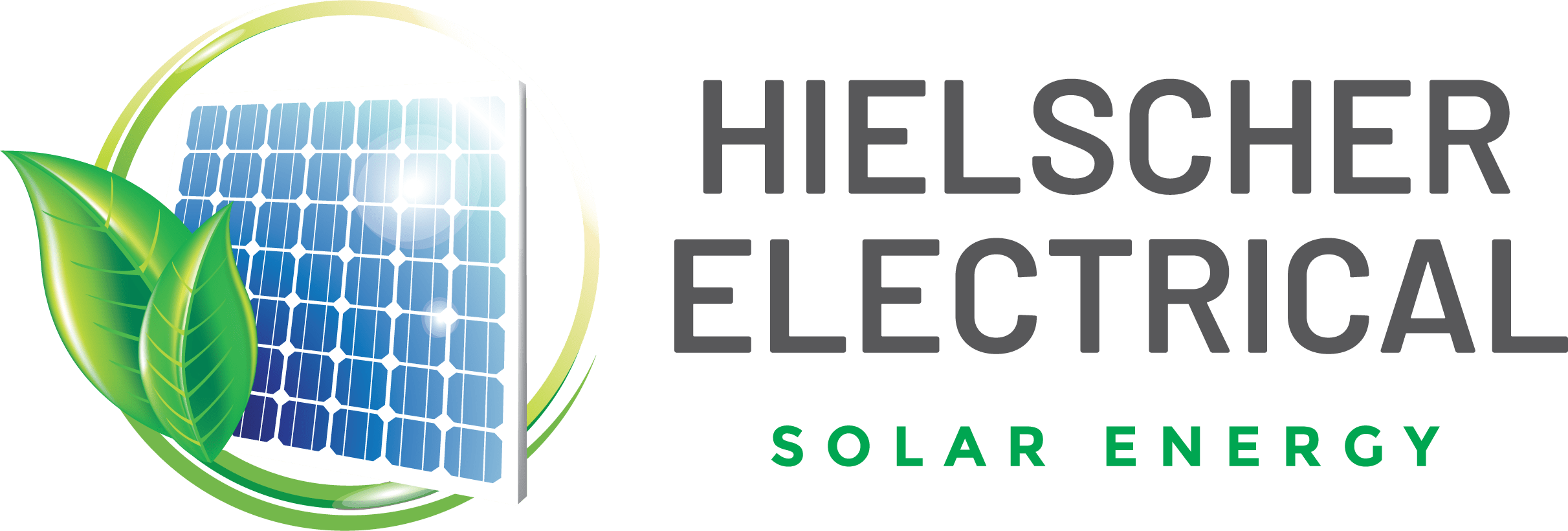When you carefully assess your solar photovoltaic (PV) panels, you will discover that there are two main categories of solar panel options: the polycrystalline panels (poly) and the monocrystalline panels (mono).
Both poly and mono solar panels perform the same functions in a solar PV system—they capture the sun’s energy and convert it into electricity. Both the monocrystalline and polycrystalline are also made from silicon which is integrated in the solar panel thanks to its abundant durability. Most of the solar panel manufacturers in the market produce both the poly and mono panels.
Indeed, both types of panels are a perfect choice for any home, however, there are a few differences these two technologies have that you should keep in mind when making your final solar investment decision.
Polycrystalline Solar Panels
Polycrystalline panels post lower energy efficiencies when compared to the monocrystalline panels, however, their main advantage is the low cost point. Additionally, poly panels feature a blue hue unlike the mono solar panels which have the black hue.
Polycrystalline panels are also made using silicon but instead of utilising a single crystal of silicon, the manufacturers melt many silicon fragments at once to create the wafers for the solar panel. Poly panels are sometimes referred to as “multi-crystalline” or many-crystal silicon panels. And given that each of its cells has many crystals, there’s less freedom for electrons to move around. As such, polycrystalline panels come with a lower efficiency rating compared to the monocrystalline solar panels.
Monocrystalline Solar Panels
Monocrystalline panels are considered a premium solar product whose main advantages are higher efficiency and smoother aesthetics.
To create solar cells for the mono solar panels, silicon is made into various bars and sliced into wafers. These panels are called ‘monocrystalline’ to signify that the silicon utilised is usually single-crystal silicon. Since the cell is made of a single crystal, the electrons that trigger the flow of electricity have enough room to move around. As such, monocrystalline solar panels are considered more efficient that polycrystalline panels.
How polycrystalline and monocrystalline panels compare on various metrics?
Monocrystalline vs. Polycrystalline
Cost: More expensive; Less expensive
Efficiency: More efficient; Less efficient
Aesthetics: Black hue solar cells; Blue hue solar cells
Longevity: 25+ years; 25+ years
Major Manufacturers
- Canadian Solar
- Sunpower
- LG
- Hyundai
- SolarWorld Hanwha
- Kyocera
- Hyundai
- SolarWorld
- Trina
What is the best choice for you?
Saving money on your energy bills is one of the main reasons why you should go solar regardless of whether you purchase a poly or mono solar panel. The solar purchase decision you make will generally be influenced by your budget, space limitation and of course personal preferences.
- Solar financing: The option you use to finance your solar system plays a big role in determining the type of solar panel you will go for. For instance, if you decide to use a power purchase agreement (PPA), you will be required to pay for every kilowatt-hour of electricity produced by the solar panel. Ideally, this means that besides any other equipment you’ll be provided with, your monthly instalments will determine your ultimate savings. But if you are paying for the solar system by yourself, then paying more to acquire the high efficiency monocrystalline solar panels can reward you with greater returns for your solar investment.
- Personal preferences: If the solar panel’s aesthetics matter to you, just keep in mind that both the mono and poly panels tend to appear differently once mounted on your roof. The normal monocrystalline solar panel will appear darker in colour while the polycrystalline solar panel will have a bluish colour. If you value your solar panel manufacturer, then be sure to understand the company that produces your preferred panel.
- Space constraints: You should choose higher efficiency panels if your PV system size is restricted by the amount of space on your roof. In this case, paying extra for the more efficient monocrystalline solar panels to help maximise your electricity generation is more sensible. Alternatively, if you have more space on your roof or you plan to mount your solar panels on the ground, then the lower efficiency polycrystalline can be a better and more economical option for you.
Compare Poly vs. Mono Panels Before Choosing a System
Considering the influx of solar panels into the market today, we advise you explore all possible options for poly and mono panels before making your final solar purchase decision. Hielscher Electrical is an established solar company with highly experienced and approved solar panel installers ready to help with your solar purchase decision. They will also assist you to compare special solar quotes from reputable manufacturers and help you choose the solar PV system that perfectly suits your unique needs.
How useful was this post?
Click on a star to rate it!
Average rating / 5. Vote count:
No votes so far! Be the first to rate this post.


